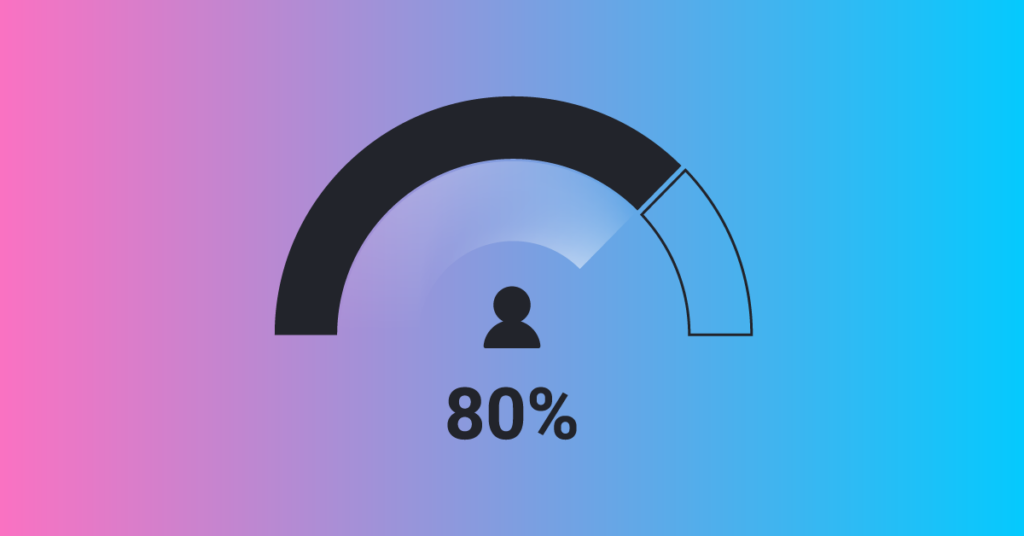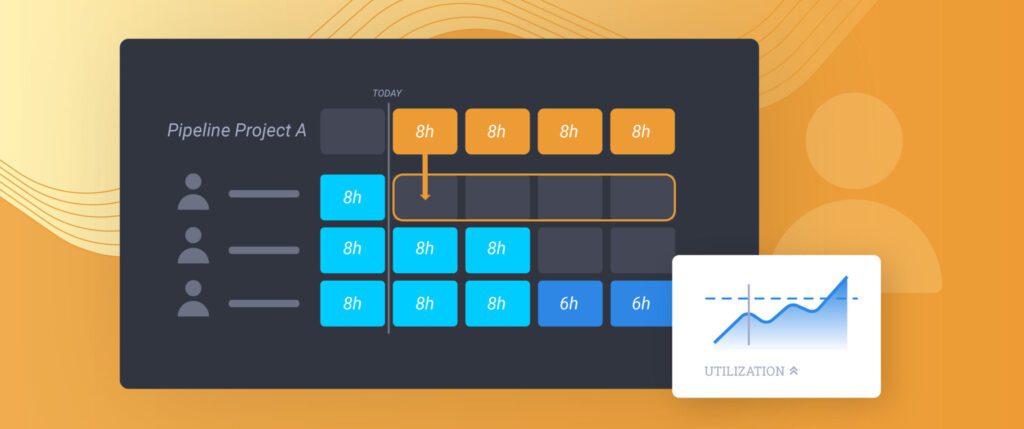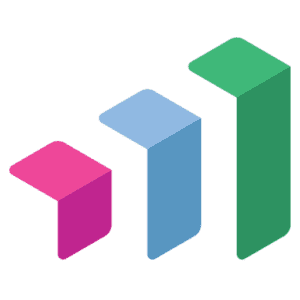How to Increase Utilization Rates by Improving Your Capacity Planning Process

Leaders of digital agencies are always looking for consistent, reliable ways to maximize their efficiency and profitability. One key metric that helps them gauge and optimize agency performance is planned utilization, which measures both the amount of billable time that employees spend working on client projects and their non-billable time dedicated to the agency itself (more on utilization nuances below!).
One effective way to improve utilization rates is by refining and improving your capacity planning process to better account for current resourcing needs – and anticipate those on the horizon – so that everything and everyone is always leveraged to their full potential.
We share capacity planning best practices below so you can start to improve the ever-important utilization rates across your business. 🤝
Table of Contents
- Utilization 101
- How Better Capacity Planning Improves Utilization
- The Parallax Approach to Capacity Planning
Utilization 101
Understanding Utilization Rates
There are some nuances when it comes to utilization, so to ensure we’re on the same page…
- Planned (or productive) utilization: This includes both billable (client) and non-billable (company/admin) time, meaning you have an idea of what people will be spending all their time on.
When tracking planned utilization, the goal is to achieve high billable utilization while also gaining a clearer understanding of how non-billable time is being spent and, ideally, planned for so you can adjust resource plans accordingly so everyone can meet their targets.
- Billable utilization: Billable utilization measures the amount of time that employees spend on client work compared to the total amount of time they are available to work.
A high billable utilization rate indicates that an agency is making the most of its available resources and is generating revenue at maximum capacity. Conversely, a low billable utilization rate may indicate that an agency is experiencing inefficiencies or underutilizing its workforce, which can negatively impact profitability and competitiveness.
It is important to understand that, while a high billable utilization rate can be a good indicator of productivity, you should also consider the quality of work being produced and the satisfaction of both employees and clients. If utilization is too high over a long period of time, for example, it can start to burn out employees and even impact the work they deliver to clients.
- Billable capacity: How does capacity fit into this puzzle? Billable capacity is the total available hours for billable work in a given week.
We recommend striving for 100% planned utilization and an 80+% billable utilization target. We also recommend that you have a billable capacity target of 100% (40 hours) vs. anything lower (i.e., 32 hours) because, in most cases, you’ll come up short. If you allow for 100% billable time, you have a better chance of hitting that 80% mark.
Calculating Utilization Rates
Striving for 100% planned utilization means you’re proactively planning for how your employees spend all of their time—even the time they can’t bill clients. This includes things like CRM updates, time tracking, company meetings, and more. Account for this time in your resource plans.
Then, to calculate billable utilization rate, divide the total number of hours your employees spent on billable work by the total number of hours they were available to work (excluding vacation time and sick time). Over a 40-hour work week, say an employee ended up dedicating 32 hours to client work and 8 hours of work to agency-related tasks: their billable utilization rate was 80%.
Of course, there are different ways to interpret and calculate utilization rates depending on the specific needs and requirements of your agency. We outline our recommendation here in greater detail.

It’s important to research and assess industry benchmarks to ensure that your agency is performing at a level that is comparable and competitive, but consider these benchmarks a guide, not a requirement. We have a tool to help with just that—check out our Industry Benchmark Calculator.
How Better Capacity Planning Improves Utilization
Ultimately, the goals of tracking and improving both planned and billable utilization are to 1) maximize the value that your agency is providing to clients, 2) drive revenue for your business, and 3) ensure that employees are happy, engaged, and motivated.
To achieve this, leaders need to have an effective capacity planning process.
Capacity planning helps ensure companies have enough resources to handle future projects without overloading (or under-loading) their employees, equipment, and systems. It also helps to inform what and who the agency should invest in. In other words, it’s an inside look at supply and demand.
Your capacity planning strategy should take the guesswork out of resourcing. When you get it right, you’ll know if you have enough revenue to support your team, whether you need to hire, if and when to take on new work, and the impact deals will have capacity AND utilization.
Ultimately, meeting or exceeding target utilization rates requires allocating the right talent and resources to the right projects and accounts to achieve the highest productivity and efficiency and the best performance possible. An effective capacity planning process provides both a current and forward-looking view to help leaders achieve this, all with a whole lot more confidence and a whole lot less stress. 🙌
The Parallax Approach to Capacity Planning
You might THINK you’re doing capacity planning, but if you’re still reacting to extreme dips and spikes in utilization and scrambling to appropriately resource existing and upcoming projects, you’re likely missing a few key steps. This is very common in the services industry—we’ve been there, too. And we’re here to help you course correct…
Here are three best practices for capacity planning we absolutely recommend you incorporate into your process:
- Ensure you’re accounting for secured AND in-pipeline deals: To have a holistic picture into your resourcing needs, you need to plan for both existing work and in-pipeline work – otherwise you’ll never get off the rollercoaster of too much work/not enough people or too little work/too many people.
Accounting for both means each project will have the appropriate amount and kind of resources allocated to it from the beginning. Utilization targets can be hit, projects won’t go over budget, clients will be happy, and your business can grow.
- Create a shared perspective with a strategic forecasting solution: Implementing software that’s designed to support and elevate capacity planning processes doesn’t have to be disruptive to your operations. The right tool (cough, Parallax, cough) can integrate with your existing systems to create a shared perspective across the business, including Sales and Delivery.
When everyone is operating with the same insights, you can more easily optimize resources and better respond to unexpected events. Everyone starts marching to the same beat, keeping stress low and confidence high.
- Regularly review the plan and adapt as needed: Tracking and updating capacity plans and forecasts helps you identify areas for improvement and allows teams to adjust in advance to meet their utilization targets.
You might notice, for example, that Sam is regularly exceeding his utilization target while Mike is regularly under. They have the same skill set, so you can adjust the teams to offload some of Sam’s work onto Mike to strike a better balance for both of them moving forward.
Ready to Take Control?
Listen… we understand that optimizing utilization can be challenging. We know the stress that comes with extreme lows and highs for this business-critical metric. But it doesn’t require a ton of changes within your operations to improve your capacity planning process and to increase your utilization rates – just the adoption of a few best practices and a tool that helps simplify the whole thing. 😉
When you take the right steps forward, you can take a serious amount of control back and can start to grow your business.
We want your agency to perform at its best, which is why we’re focused on helping you adopt a truly effective capacity planning process. Getting this right has a positive impact on SO many other aspects of your business—so when you’re ready to dive in deeper, we’re here for you.


